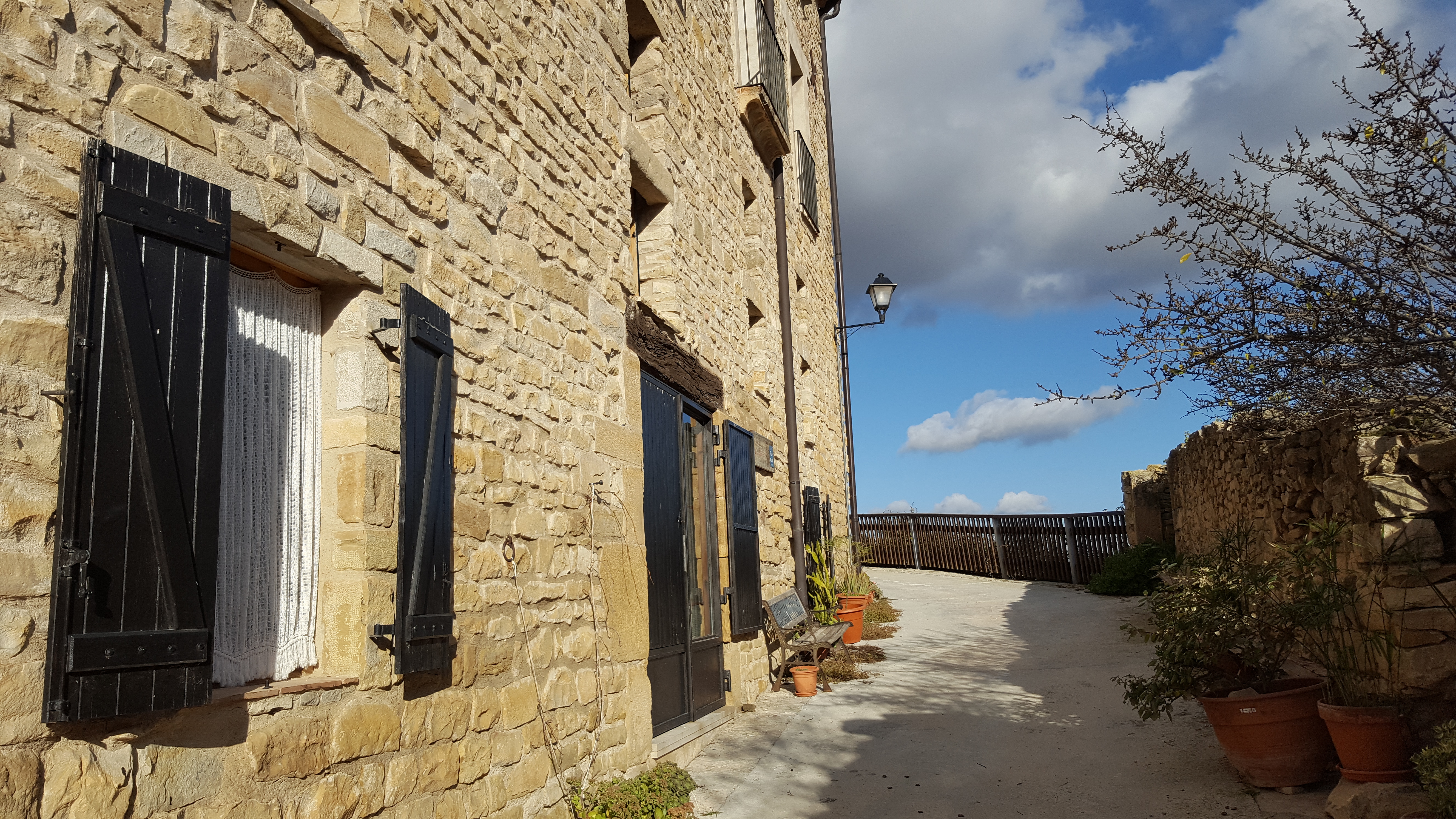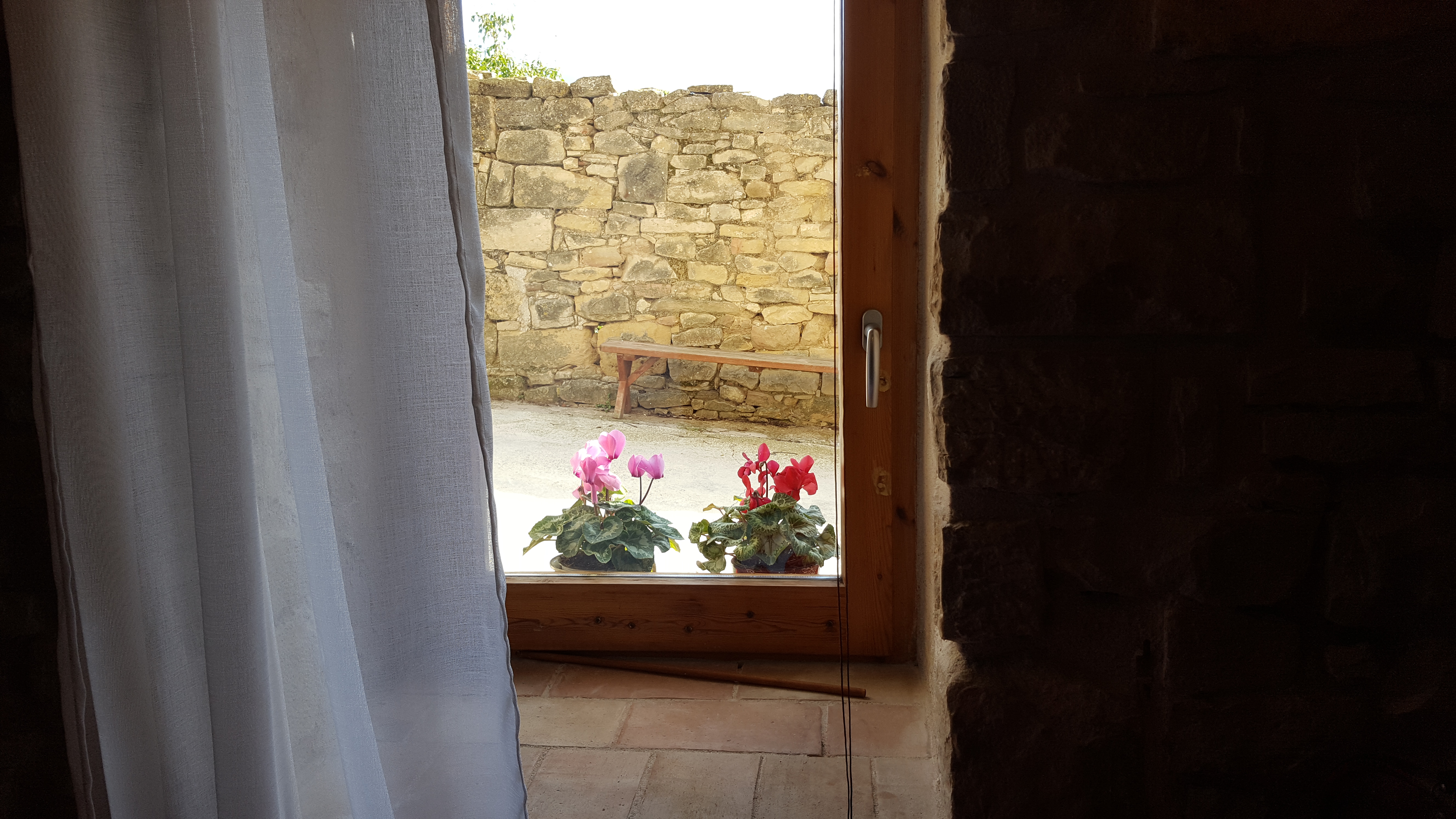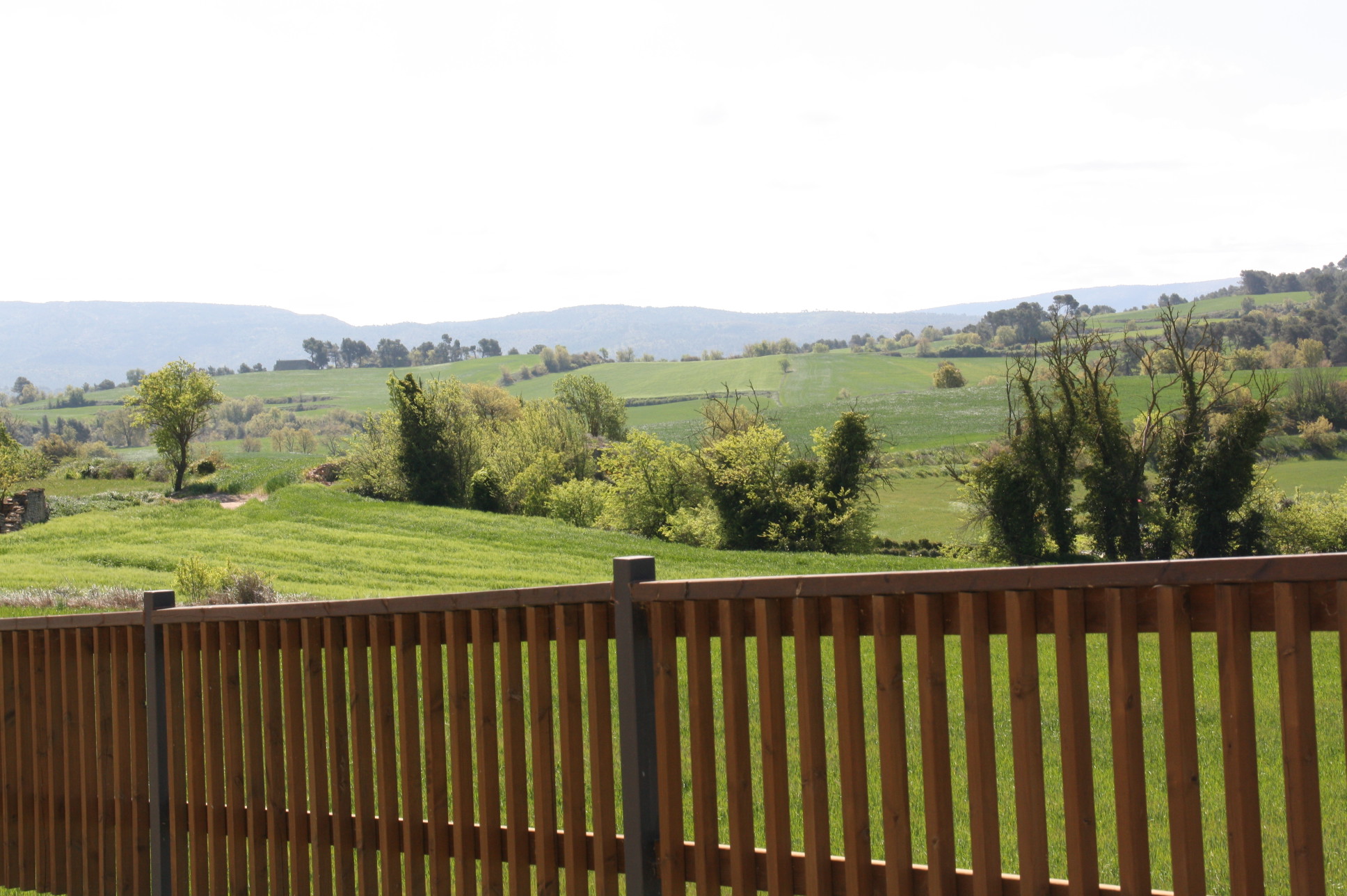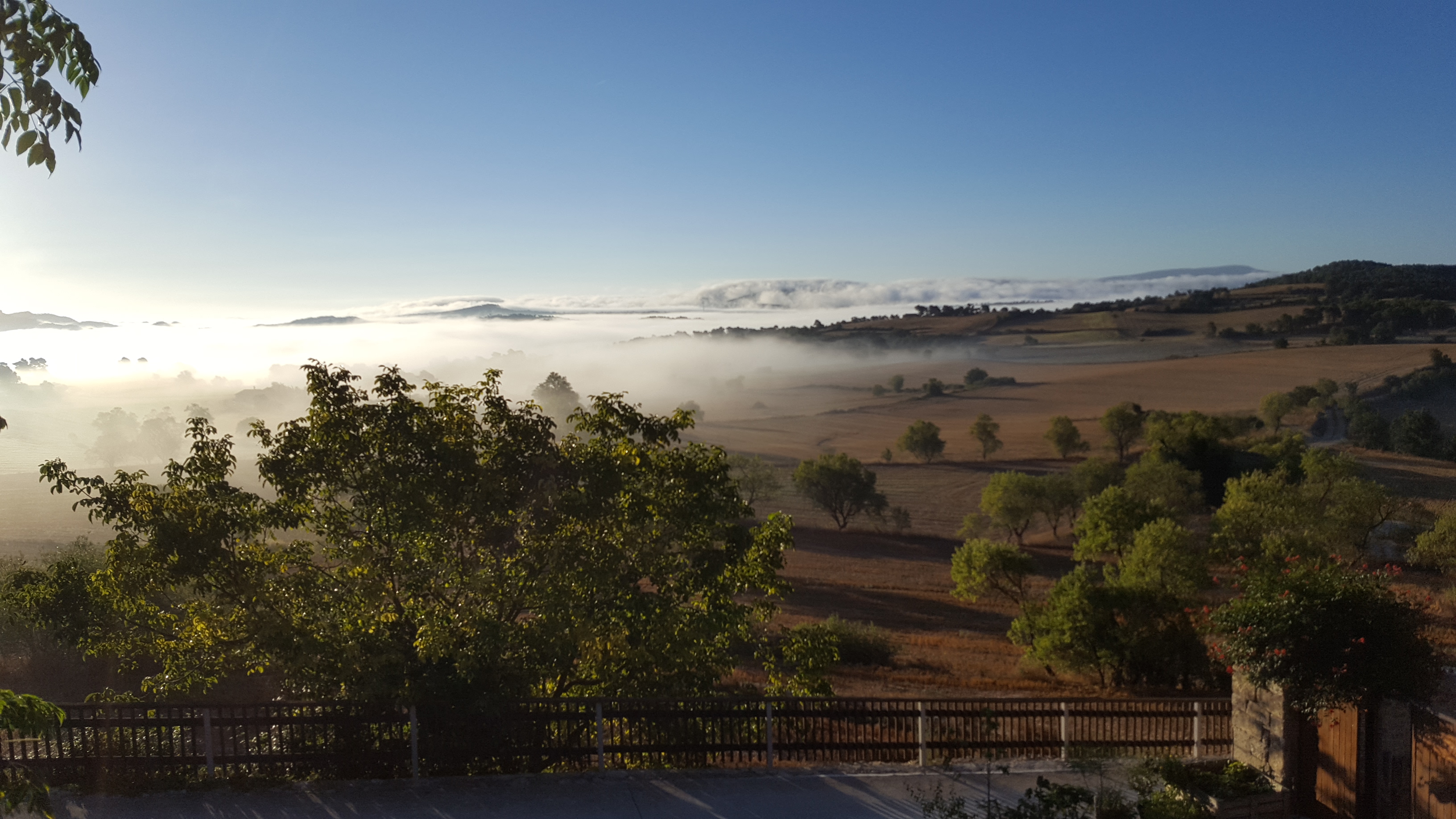Some wineries in the Conca de Barberà region open their doors to show you the elaboration process and the peculiarities of the wines of the DO Conca de Barberà.
Wine cellars and cellars have traditionally been linked to the Conca de Barberà region. After suffering the effects of the phylloxera, at the end of the 19th century, the first agricultural cooperatives emerged in the Conca de Barberà and, with them, the common buildings where the wine was produced, the cooperative wineries.
Coinciding with the need to adapt to the technological advances and the new social and commercial needs of the early 20th century, modernist wineries called “cathedrals of wine” by Àngel Guimerà are born, and they constitute buildings of great value within the heritage Architectural of the Conca de Barberà and of Catalonia.
In the Conca de Barberà there are 6 modernist wineries built by architects Pere Domènech and Cèsar Martinell, and not all are visitable. At the moment they are declared by the Generalitat de Catalunya Good Cultural of National Interest.













